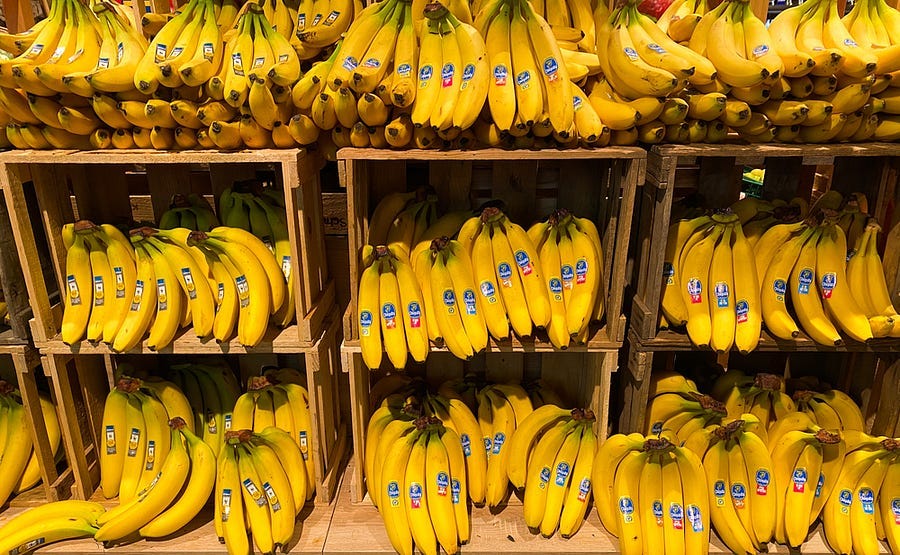What Do the Numbers on Stickers Stuck to Produce Mean?
Those numbers can tell you a lot about where your produce came from.
The stickers on fruit and vegetables that you buy at the grocery store hold some important information. These stickers have numbers that tell the type of produce, how it was grown, and sometimes the size or variety of the produce.
The number is called a price-lookup code or PLU code. Grocery stores have used these codes since the 1990s to help identify fruits and vegetables so the correct price could be charged. The numbers also help consumers understand where their food is coming from.
Over 1,500 PLU codes have been assigned to different fruits and vegetables by the International Federation for Produce Standards, an organization composed of national produce associations worldwide. The numbers consist of four or five digits that indicate the size of the produce, the type, and the variety. They also tell if the produce was produced by conventional or organic growing methods. The use of the labels is voluntary.
Organically grown fruits and vegetables have stickers that are five digits and begin with 9. These are grown with natural fertilizers instead of synthetic chemicals. Organic produce is grown without genetic modification or engineering. According to the U.S. Department of Agriculture (USDA), this produce can be called organic if it was grown in soil that had no synthetic fertilizers or pesticides applied three years prior to the produce being harvested. Conventionally grown produce has four digits and was grown with synthetic fertilizers and pesticides to promote growth and prevent disease.
A 5-digit number beginning with 8 was once intended for genetically modified food or GMO produce, but these were never used at retail because there were very few GMO produce items. If the sticker code has more than five digits, it is not part of the international system. Other numbers on the stickers indicate general information about the produce, which can vary from store and location.
The stickers with the PLU code are edible and made with food-safe paper, adhesive, and ink because they are stuck to raw fruits and vegetables.
Sources: Scripps, Institute for Agriculture & Trade Policy, Taste of Home





